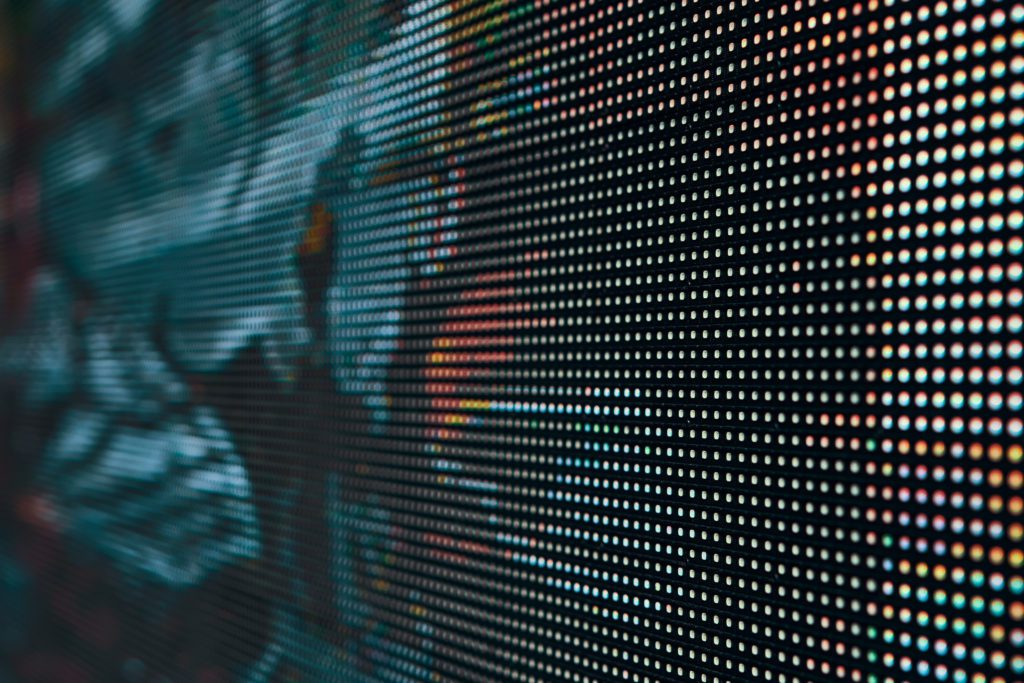Investigating the Durability of LED Display Panels in Contrast to Traditional Screen Technologies
Investigating the Durability of LED Display Panels in Contrast to Traditional Screen Technologies
Blog Article
LED panel panels have become progressively popular in recent times, particularly in environments like schools, businesses, and public spaces. These screens use LED diodes (LEDs) to produce vivid and vibrant visuals. One of the most notable advantages of LED technology is its longevity in contrast to conventional screen technologies, such as cathode tube monitors (CRTs) and LCD display displays. Understanding the differences in lifespan and functionality between these technologies can help consumers make informed decisions about their screen requirements.
Classic display methods, like CRTs, have been around for numerous decades. They were commonly used in TVs and computer monitors. However, CRTs have a limited lifespan, typically lasting approximately 10,000 to 20,000 hrs of operation. This means that after a couple of years, consumers may notice a deterioration in image quality, such as fading or hue distortion. In contrast, LED panel screens can last significantly longer, often exceeding 50,000 hrs. This extended lifespan means that consumers can experience consistent functionality without the requirement for frequent replacements.
Another crucial factor to consider is power efficiency. LED wall screens consume less energy than conventional displays, which not only helps the ecosystem but also lowers electricity costs. For instance, while a CRT screen may use around 100 watts of energy, an LED panel can use as few as 30 to 50 watts. This discrepancy in power usage contributes to the overall durability of LED innovation, as reduced energy usage generates less thermal energy. Excess heat can harm electronic components, leading to a shorter duration for conventional displays.
In addition to their longer duration and power efficiency, LED wall screens also provide enhanced image quality. They offer more vivid colors and better contrast, making them ideal for multiple applications, from advertising to learning displays. The technology behind LED panels allows for a wider viewing angle, meaning that visuals stay sharp and vibrant even when seen from the flank. This is a significant advantage over traditional screens, which frequently experience from hue distortion and diminished luminosity at broader angles.
In summary, the longevity of LED wall screens compared to conventional screen methods is a crucial factor for consumers to consider. With lifespans that can surpass 50,000 hours, power efficiency, and superior image quality, LED innovation provides many advantages. As technology continues to advance, find out here now LED wall panels are probably to turn even more prevalent in various environments. Grasping these differences can help individuals and organizations make improved decisions when purchasing in screen technology, ensuring they receive the best value for their needs.